Intel's DG2 gaming GPUs could actually stand a chance against Nvidia and AMD

- Release date: Expected late 2021
- Architecture: Xe-HPG
- Max Cores: 4,096 (512 EUs)
- Process: External, likely TSMC 7nm/6nm
- Performance target: Nvidia GeForce RTX 3070 (rumoured)
Intel DG2 GPUs are set to become the first gaming graphics cards spun out of the Intel Xe-HPG yarn, something that is promised to be the basis for many more competitive GPUs from the chipmaking goliath. It's all set to kick off later this year, on a yet to be disclosed time and date, where we'll see Intel put its best foot forward in hopes to heave open the hydraulic grip of Nvidia and AMD over gaming GPUs.
There are two key battles in PC gaming hardware: Intel vs AMD and AMD vs Nvidia. It's been that way for millennia. Or a handful of decades, at least. Yet that could be all about to change with Intel DG2 and the Xe-HPG architecture.
Intel will be hoping to claim a stake of a market historically split between the red and green teams, and with it a share of the mammoth profits on offer from gaming GPUs.
Intel isn't entirely a stranger to the GPU market, either, as it's one of the largest GPU makers in the world by sheer volume. All but a few Intel CPUs come with an integrated GPU, and while that won't mean all that much to gamers, that silicon actually forms the basis of Intel Xe-HPG, the architecture powering Intel's high-end gaming dreams.
It's what we know of Intel's Gen12 Tiger Lake iGPUs, its Ponte Vecchio datacentre chips, and the odd rumour here or there that helps us piece together our expectations for Intel DG2 and the Xe-HPG architecture.
Even on the surface, though, Intel's entry into the graphics game is a welcome one. As GPU prices rise, not the least bit more now that shortages are rampant, it's high time someone else gave AMD and Nvidia a run for their money.
Whether you're a potential customer, on the fence, or a diehard fan of the other guy, Intel DG2 and Xe-HPG should get you excited like a kid at Christmas.
Specifications

Intel Xe DG2 specs
Intel DG2 isn't a single graphics card, it's actually a range of graphics cards. Official documents suggest these will be segmented firstly by Execution Unit (EU), the fundamental building block of Intel's graphics compute.
There are five possible loadouts of DG2 graphics card that we know of today.
Exactly how these will rear their heads in terms of desktop and mobile chips is unclear, but you can be sure that Intel will be keen to drive as many options in the mobile and notebook segment as it possibly can. It's likely that Intel's discrete cards will come in 512 EU and 384 EU configurations, leaving the lower-spec cards for laptops. At least that's what since deleted entries on the Intel website (via an also now non-existent tweet from leaker Komachi_Ensaka) indicate.
If everything remains the same between Xe-HPG and Xe-LP, the version found within Intel's current generation 11th Gen Tiger Lake mobile processors, which it most certainly will, then we can expect the equivalent of a total of 4,096 FP32 cores within the 512 EU chip. That's one eight-wide ALU per EU, each capable of eight floating point operations per clock.
Each ALU is also capable of running eight integer operations instead, however, which means that if some integer ops are required that will mean fewer floating point operations will be available. To combat some of that potential slow down, Intel has dropped a further two-wide ALU into each EU to cope with what it calls 'extended math'.

There's good reason for us to assume a lot of what is found in the lower and higher-powered Xe architectures announced today will make it into the Xe-HPG and DG2 graphics cards, too. The Xe architecture is effectively a shared one, utilised across many strata of performance and applications. These subdivisions of the Xe architecture are denoted with handy suffixes: Xe-HPC, Xe-HP, and Xe-LP.
Xe-HPG is the gaming subdivision, and itself included within the wider Xe-HP subset alongside datacentre GPUs that Intel's touting with multiple 'tiles', or chiplets. For the record, one tile is reportedly up to 512 EUs, meaning the gaming GPU is built out of just one (which tracks with current difficulties in multi-GPU operation in gaming workloads), and that means the top datacentre chip could feature 16,384 ALUs (cores). That's not to say a two-tile gaming GPU is entirely impossible, however, just improbably right off that bat.
AMD is certainly eyeing up a multi-GPU chip, but we're still not sure of its gaming intentions just yet.

There is also Xe-LP, which as I mentioned before is found within Tiger Lake mobile chips and some very low-power, low-performance discrete cards. Xe-HPC is sure to be Intel's favourite: It makes up Ponte Vecchio, a bandwidth-focused high performance computing GPU destined for the Aurora supercomputer, and affords Intel some hope in the GPU-accelerated big data market.
So while not every configuration or feature is sure to be shared between say Xe-HPC and Xe-LP, there's a pretty darn good chance that the fundamental processing silicon beneath it all is one and the same.
42 Teraflops. With the most FP32 performance in a single package, it’s time to get excited about the Multi-Tile Xe HP GPU architecture for the data center. See what we’re talking about here. https://t.co/npj9eHLjxQ pic.twitter.com/ADT5AeaPA7August 13, 2020
For us that means we can expect certain features on Intel HPG chips despite not actually being announced by Intel yet, such as Adaptive Sync, mesh shading, and integer scaling. More than likely we'll see Intel improved and expand on its Command Center application in time for launch, too, which it has been gradually improving over the past few years seemingly with this gaming-focused implementation of Xe in mind.
It has stern competition, however, in AMD Adrenalin Software and Nvidia GeForce Experience.
For launching a graphics card is as much a software challenge as it is a hardware one—if you ask Intel's chief architect, Raja Koduri, he'll tell you that software is the hard part, in fact. As such it's just as important, if not more so, that Intel nails its driver package at launch.
Oh and did I forget to mention ray tracing? A recent battleground for Nvidia and AMD, Intel is keen to keep up with the cutting-edge rendering technology with its own implementation, specifically for Xe-HPG.
It’s game time! Our 4th #Xe microarchitecture, Xe HPG (High Performance Gaming) supports hardware-accelerated #raytracing. You asked, we listened. Coming in 2021. https://t.co/IXSZxQqfZz pic.twitter.com/aKhMA5hU0rAugust 13, 2020
Onwards to memory configuration and it appears as though Intel is keen to match AMD and top Nvidia in raw memory capacity. Paired with Intel's Xe-HPG GPU is said to be up to 16GB of GDDR6, operating between 14Gbps and 18Gbps. That's all information pulled right from Intel's site, again in the aforementioned leak.
Intel is suspected to utilise a 256-bit bus for the top 512 EU graphics card, which will put it on par with Nvidia's RTX 3070 and AMD's Radeon RX 6800, although the latter does benefit from Infinity Cache.
We've less concrete information in power demand and TGP, but there are some relatively broad assumptions to be made from Intel's choice of foundry and process. It's not its own, in what might have once been considered a blasphemous statement for Intel's engineers. Intel has confirmed it will be outsourcing production of DG2 GPUs to another, and that's almost certainly TSMC—one and the same with the manufacturer of AMD's Radeon RX-6000 GPUs and Ryzen CPUs.
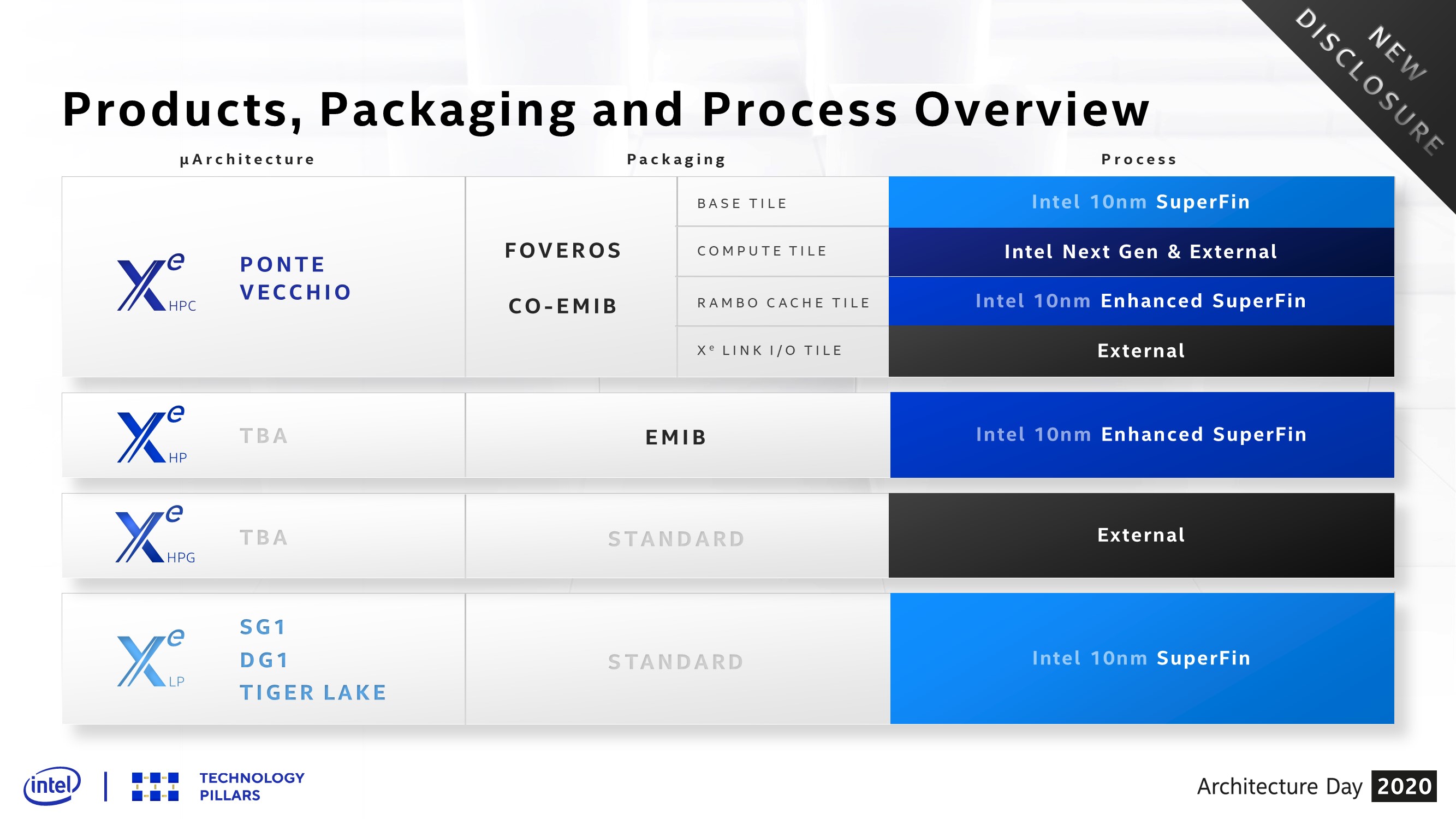
Which process Intel will be buying up for its Xe-HPG chips is a little less certain, but it appears as though either TSMC's 7nm or 6nm process will underwrite the whole affair. The two are quite closely related, and TSMC sees 6nm as a natural progression for most of its 7nm customers, which delivers up to 18 perfect increased logic density over first generation 7nm. The gap between TSMC's subsequent 7nm processes and 6nm is sure to be slimmer.
Furthermore, YouTuber Moore's Law is Dead claims to have images of an Intel DG2 card taken during testing, and these clearly show an 8+6-pin power connector setup. They also suggest a 275W TDP, which is a little greater than previous expectations but still well within the realms of possibility.
So no confirmation on power as of yet but a rough whereabouts of 225-275W. That's in the right ballpark for what a card reportedly taking aim at Nvidia's GeForce RTX 3070, too.
Performance
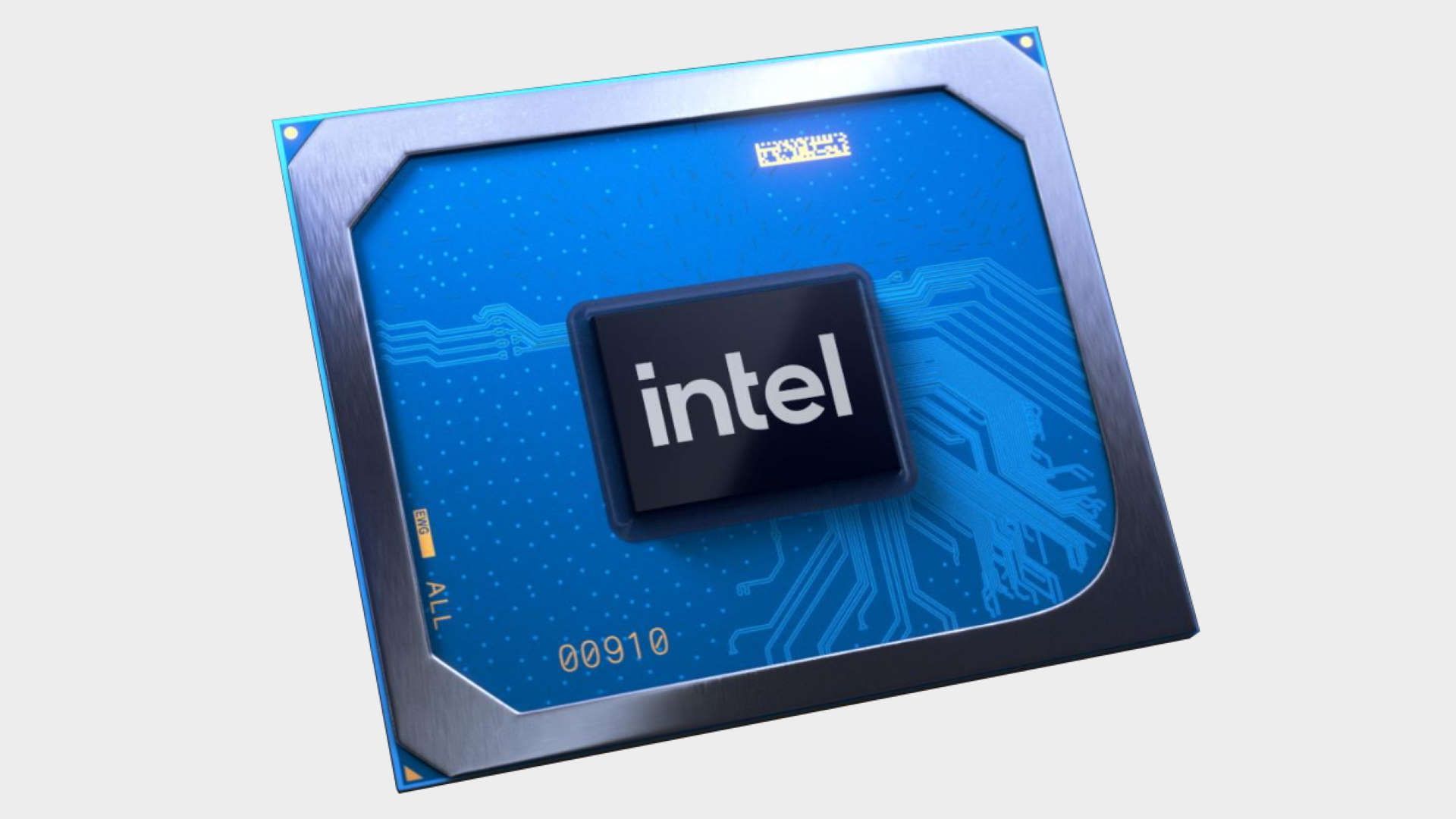
Intel Xe DG2 performance
All rumours allude to Intel DG2's top chip, the 512 EU silicon, taking aim at Nvidia's GeForce RTX 3070.
From the specifications to the company's tall aspirations, it makes sense for the DG2's finest to consider Nvidia's third-run card as worthy adversary. That's no easy feat for a first-generation gaming architecture, if Intel could achieve it.
Nvidia's RTX 3070 is a tough card to beat, or even match. As per the benchmarks below. This is a card that holds its own with Nvidia's finest, priciest GeForce card from just a single generation prior, as per our benchmarking shown below.
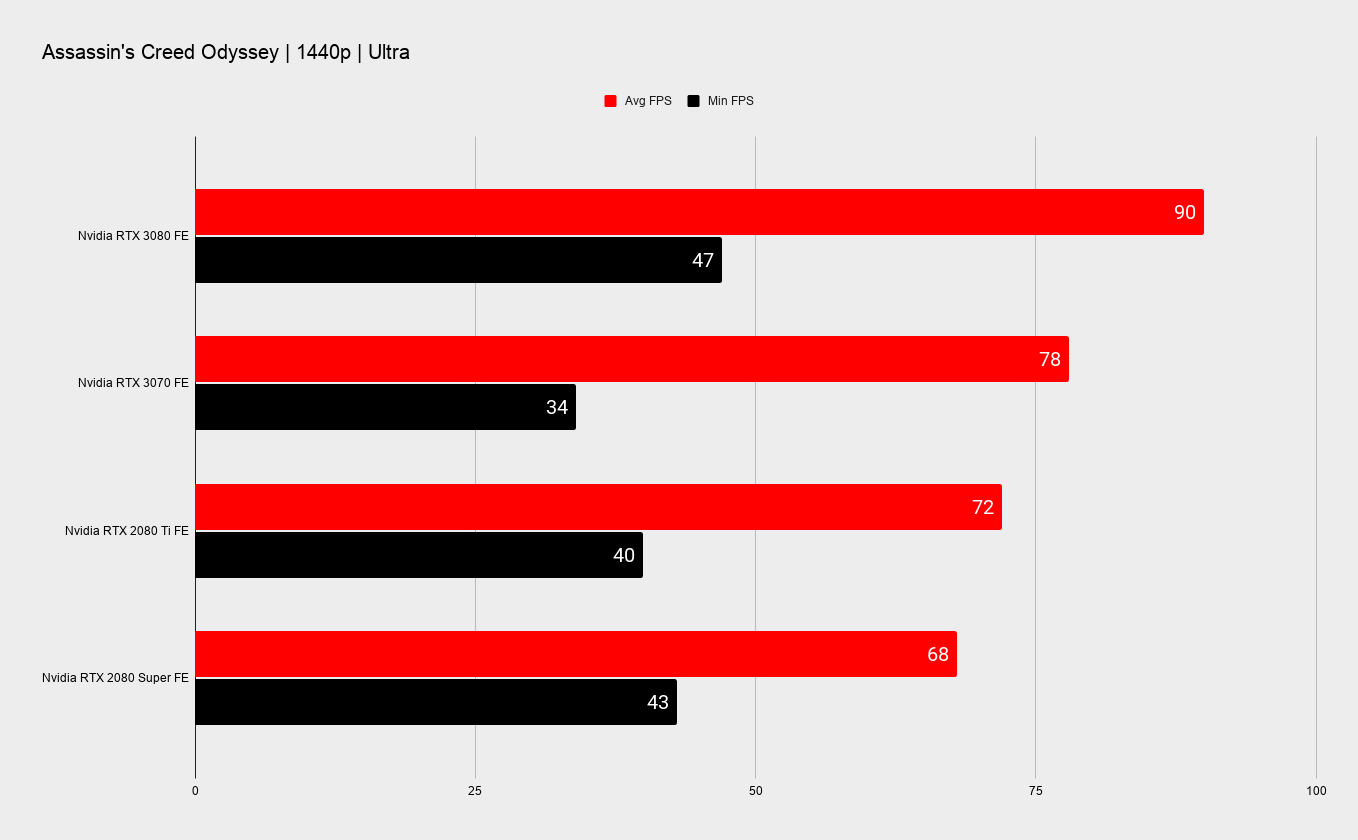
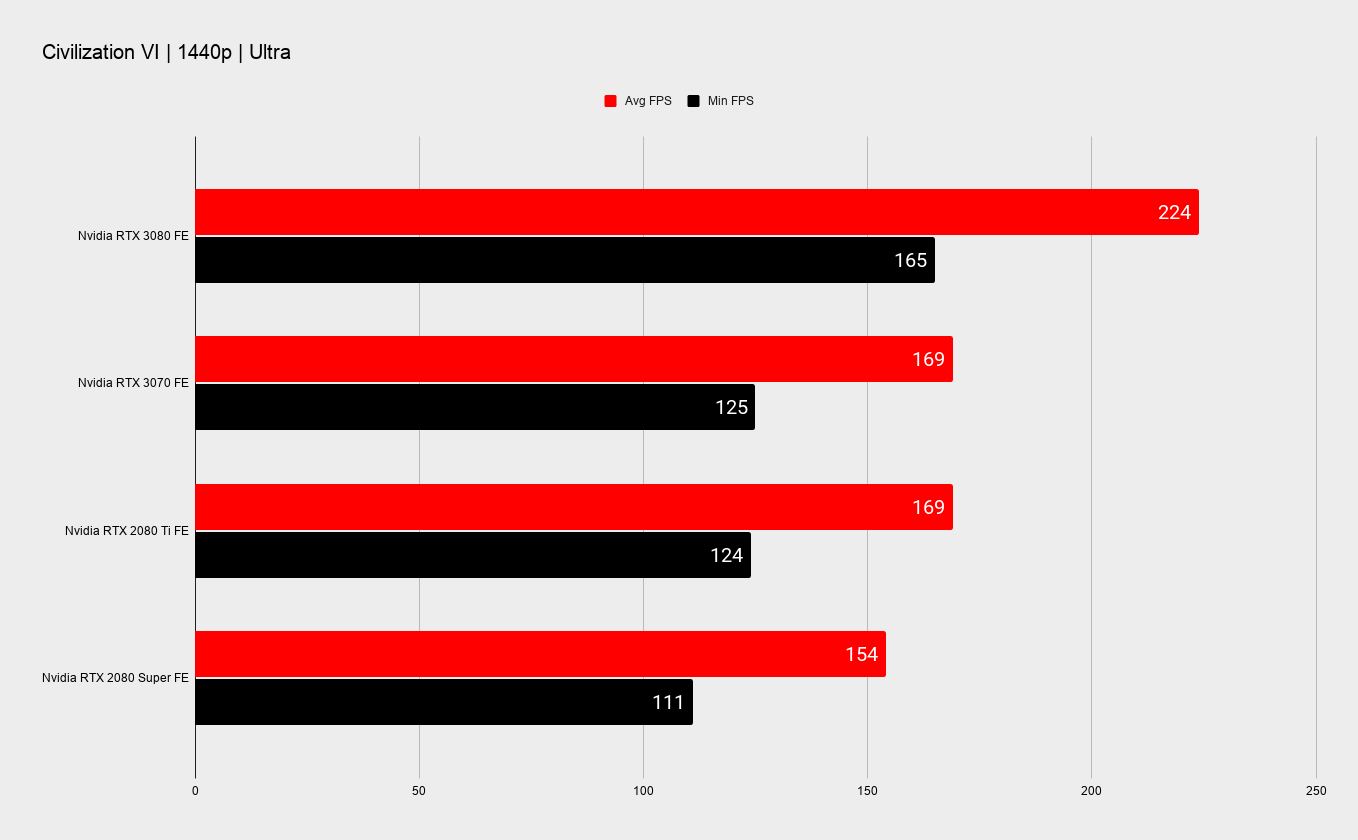
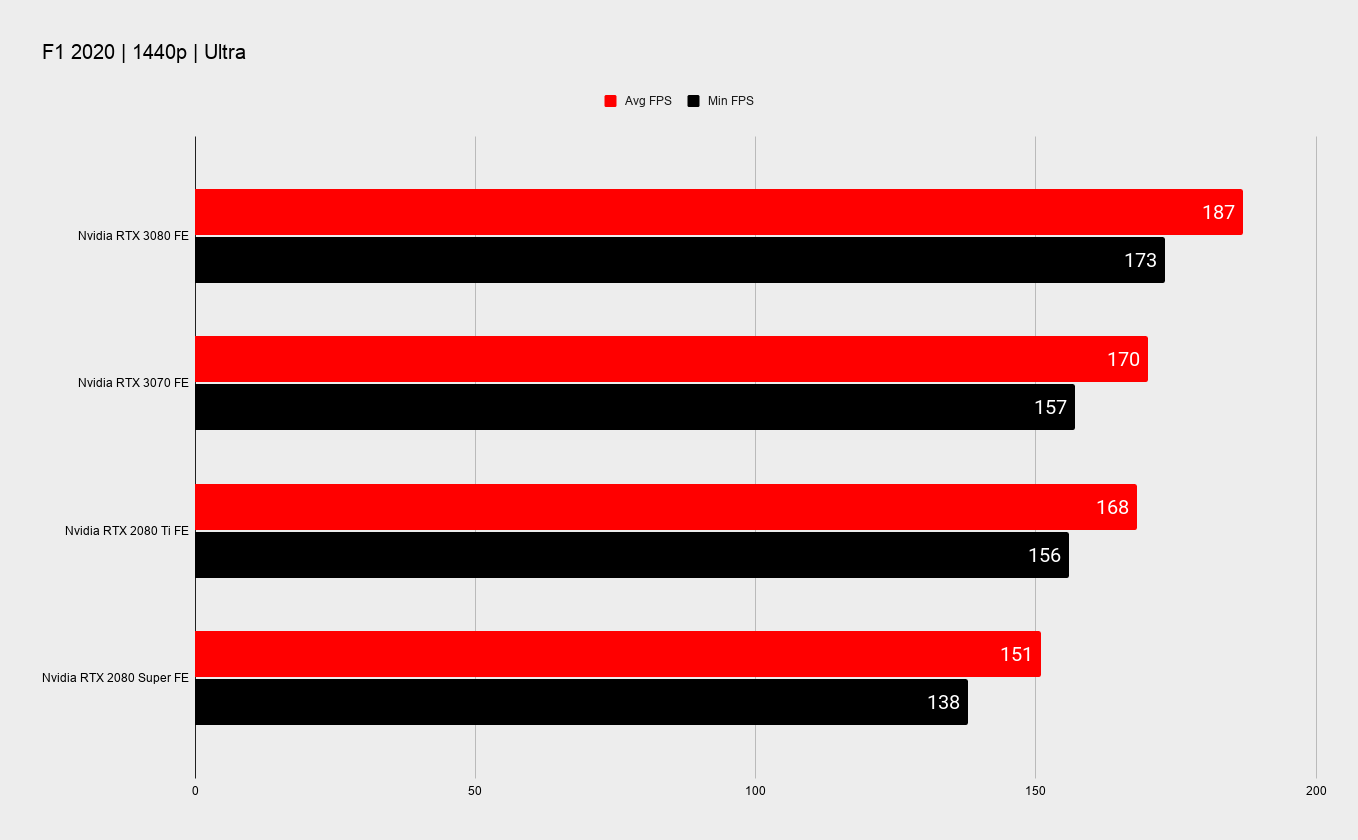

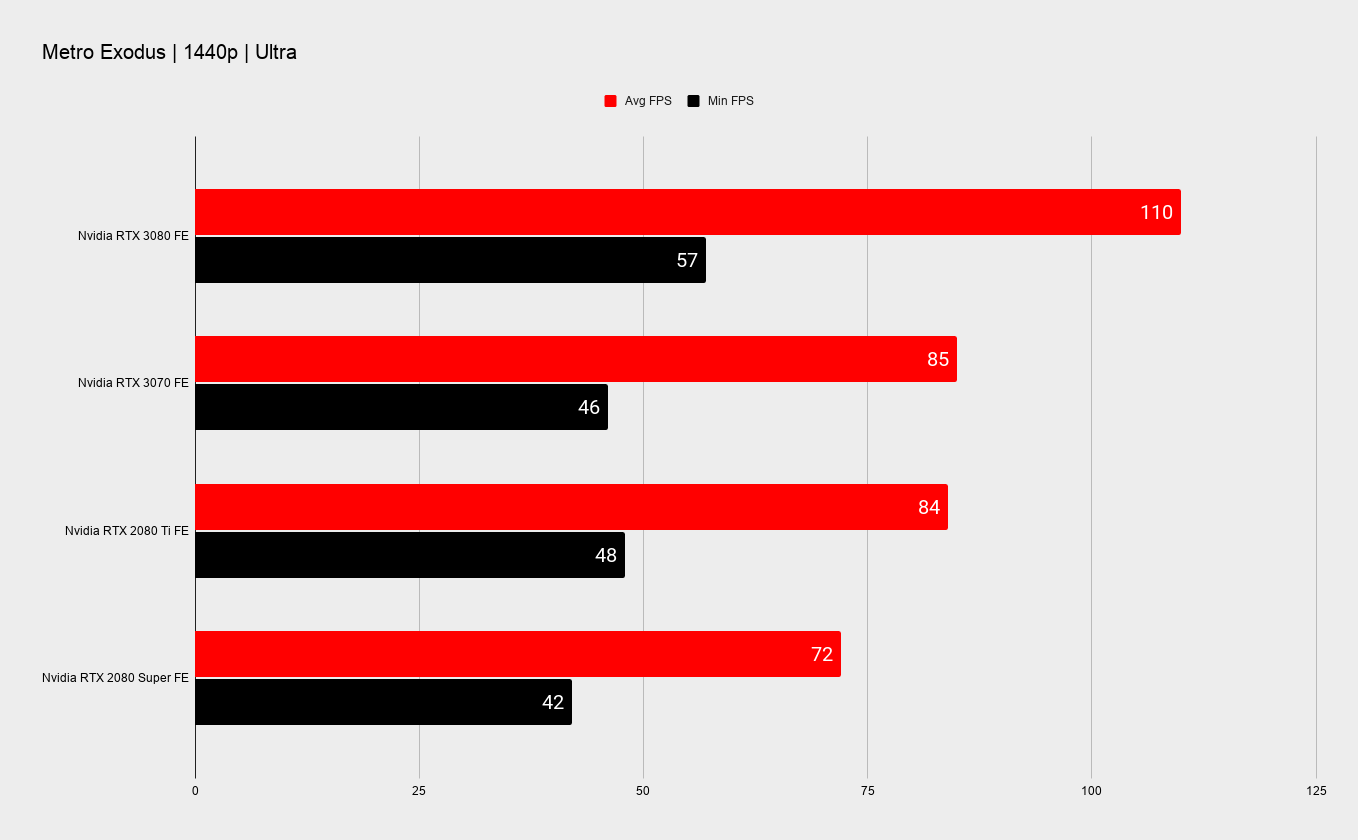
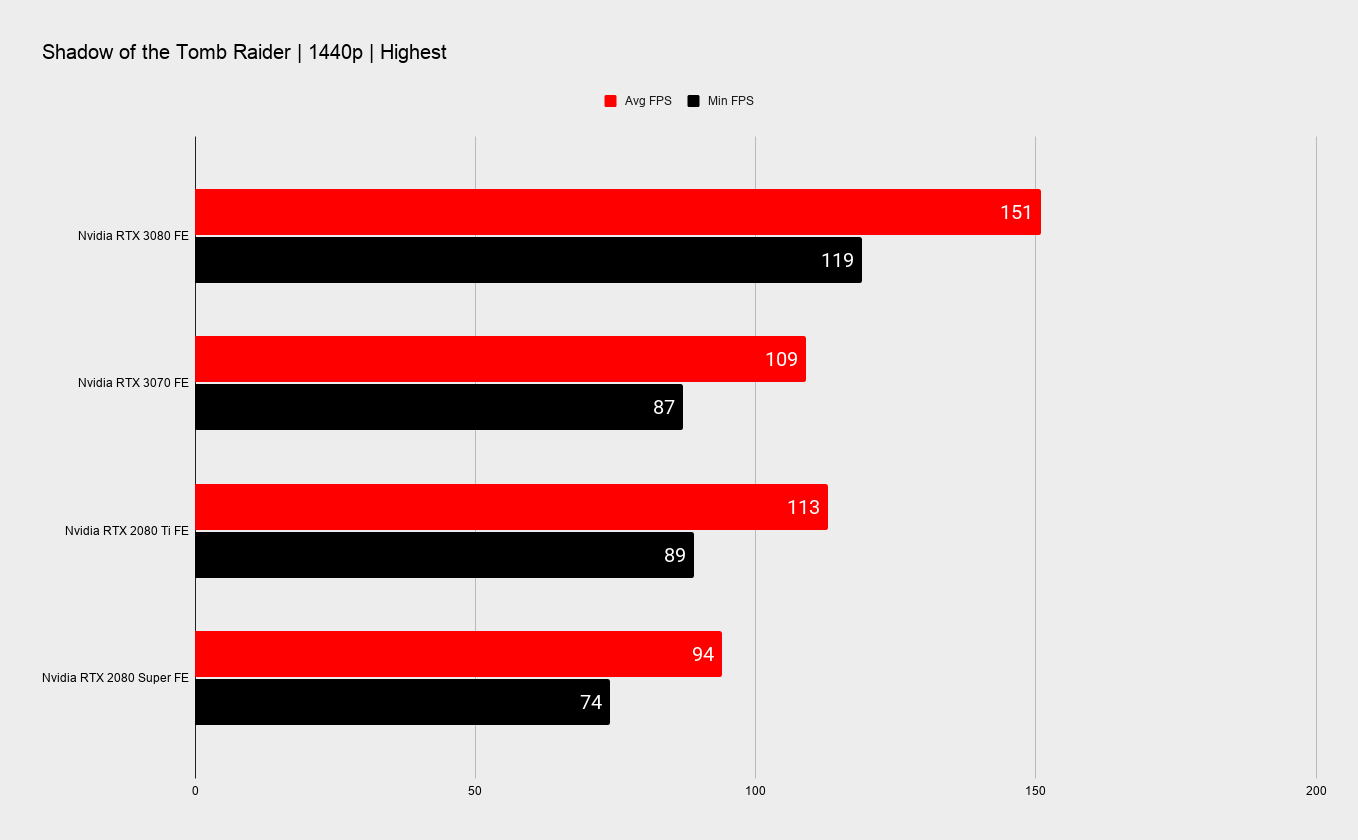
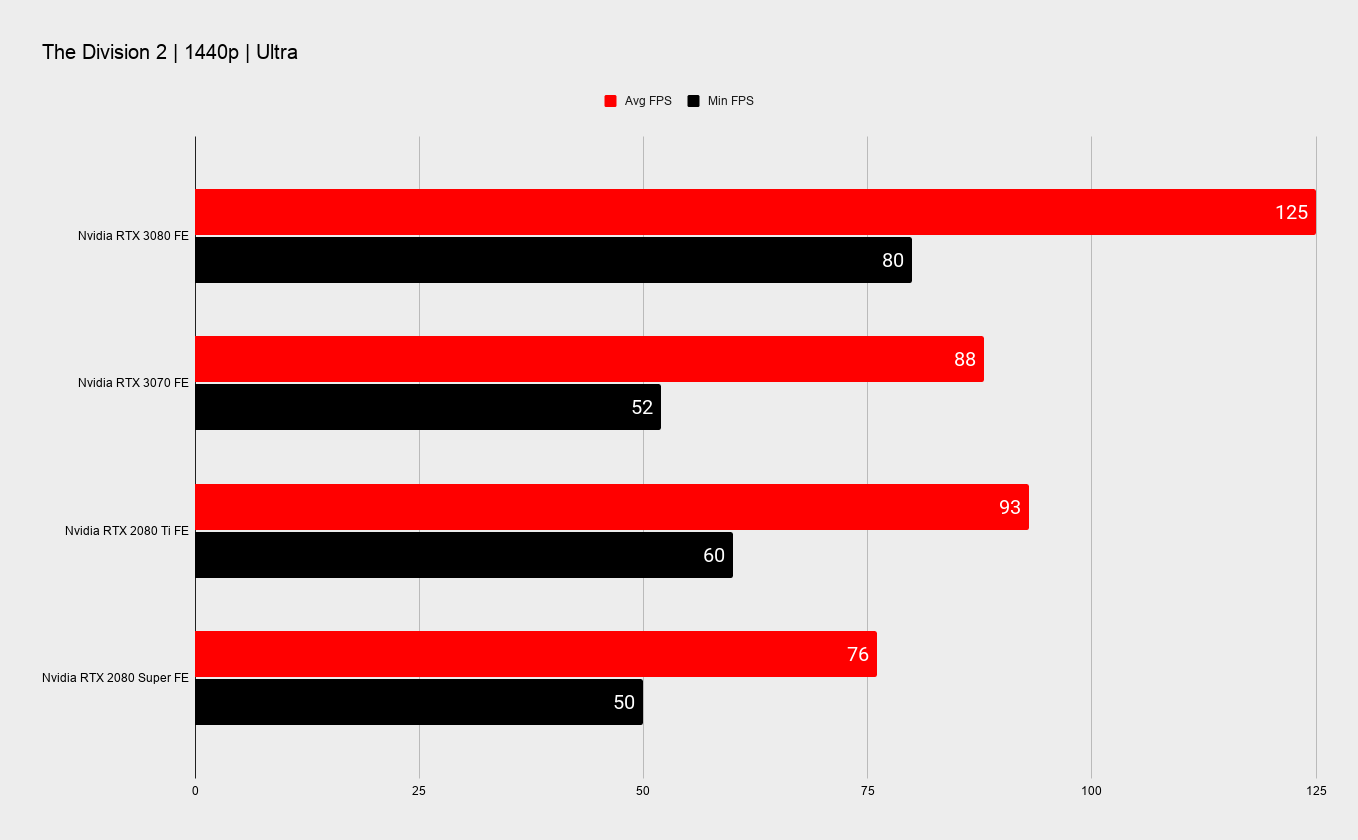


Sadly we've very little evidence to prove Intel's proficiency, or lack thereof, today. The specs check out, and all appears well in raw bandwidth and compute capability, but building a GPU requires a holistic and universally fine-tuned approach, so well have to wait and see how this one shakes out for the complete picture.
At least there is a possibility for a truly competitive card here, even if it's not quite up to scratch with Nvidia and AMD's finest just yet. With relatively low numbers of any graphics card out in the market today, a new manufacturer with its own dedicated GPU supply could prove itself of critical importance for gamers trying to snag any discrete GPU in 2021.
Yet with TSMC possibly at the helm, a company that is under a lot of pressure to deliver chips as is, can Intel really tip the scales? Fingers crossed.
Intel may incorporate some of its own tips and tricks into DG2 in order to boost performance, too. While still floating around in the ether of the rumour mill, in the aforementioned Moore's Law is Dead video, a possible DLSS/FidelityFX Super Resolution feature from Intel, internally known as XeSS, is said to be in the works or at least under consideration.
Price
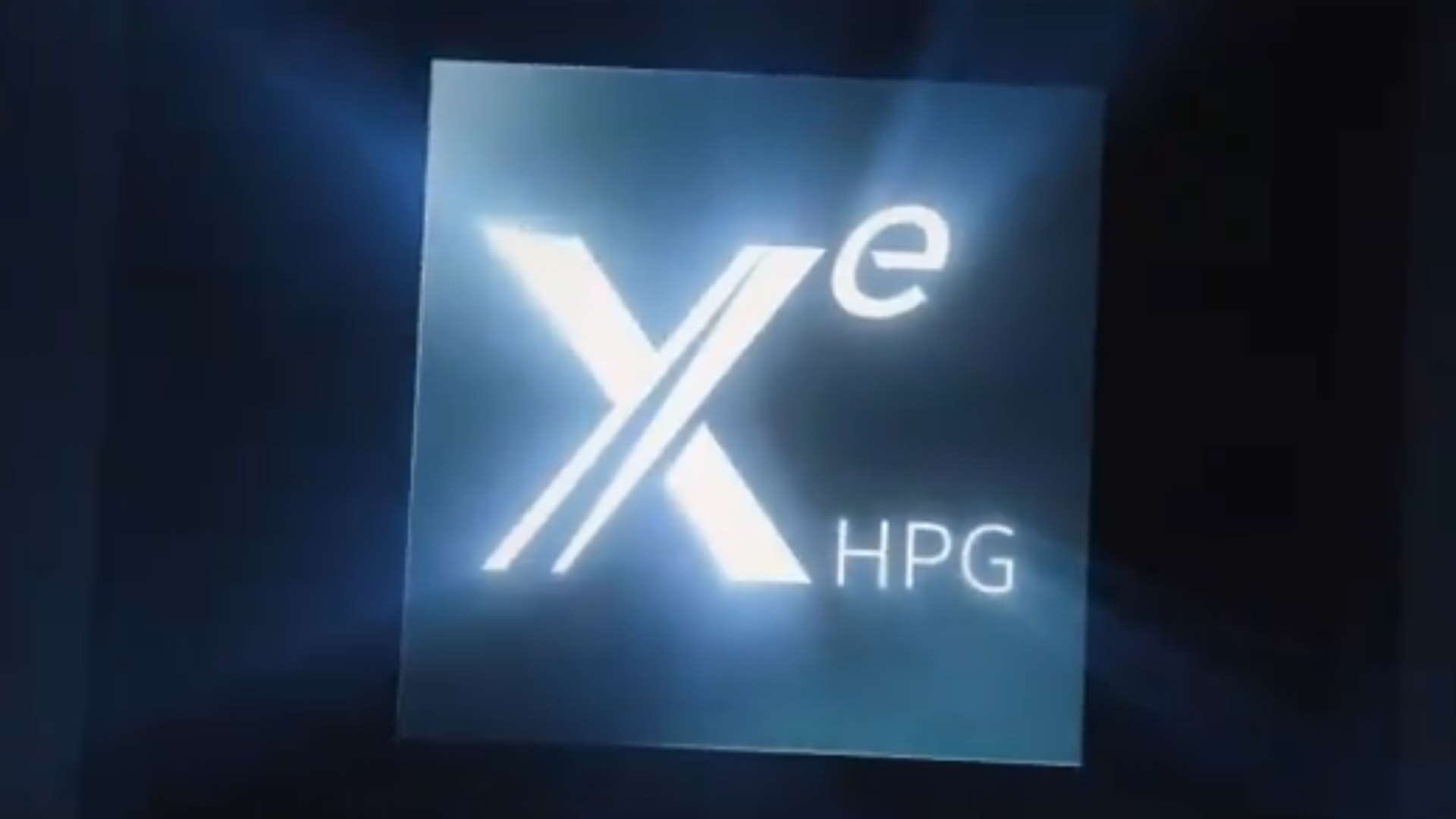
Intel Xe DG2 price
We're well into the speculative thicket now, with potential pricing truly the domain of guesswork and haruspicy. Yet there's at least a price range we can safely assume from our rough estimates of performance.
Intel will need to be competitive with AMD and Nvidia to even stand a chance of making inroads into the gaming GPU market. Bar any premium pricing model from Intel, who admittedly has priors pricing its own chips into oblivion (just look at the new Core i9 11900K), we should expect an upper limit of $579, the price of AMD's RX 6800, and a lower-end price of $399, the price of Nvidia's GeForce RTX 3060 Ti.
Of course I'd love to see an even cheaper card to kick AMD and Nvidia into a ferocious pricing war, but sadly GPUs, memory, PCBs, and hundreds of minor components all tally up. There's a price floor to Intel's efforts that I doubt Chipzilla will be willing to go below.
Release date

Intel Xe DG2 release date
All signs indicate that Intel looking to deliver Intel Xe-HPG and DG2 graphics cards in 2021, most likely the final few months of the year.
Thank you ????This is was a dash and learn fast project for the team leveraging the awesome tigerlake SOC! Congrats to team @intelgraphics - any guesses on what DG stands for? Hint: It’s not discrete graphics???? https://t.co/oDEI8As9tzJanuary 26, 2021
Multiple tweets from Intel graphics lead (and nearly everything else lead), Raja Koduri, suggest the high-performance GPU lineup, including gaming, is being geared up over the course of this year. Everything from hardware to the driver stack.
It also appears as though Intel has distributed cards for testing, although where exactly in the testing cycle the company is remains a mystery.
That's all backed up by mention of an Xe-HPG launch this year from the official Intel Graphics Twitter account. What's not yet clear, however, is whether this is necessarily desktop cards. It could be beefier discrete mobile chips, to come alongside Alder Lake laptops, or both.